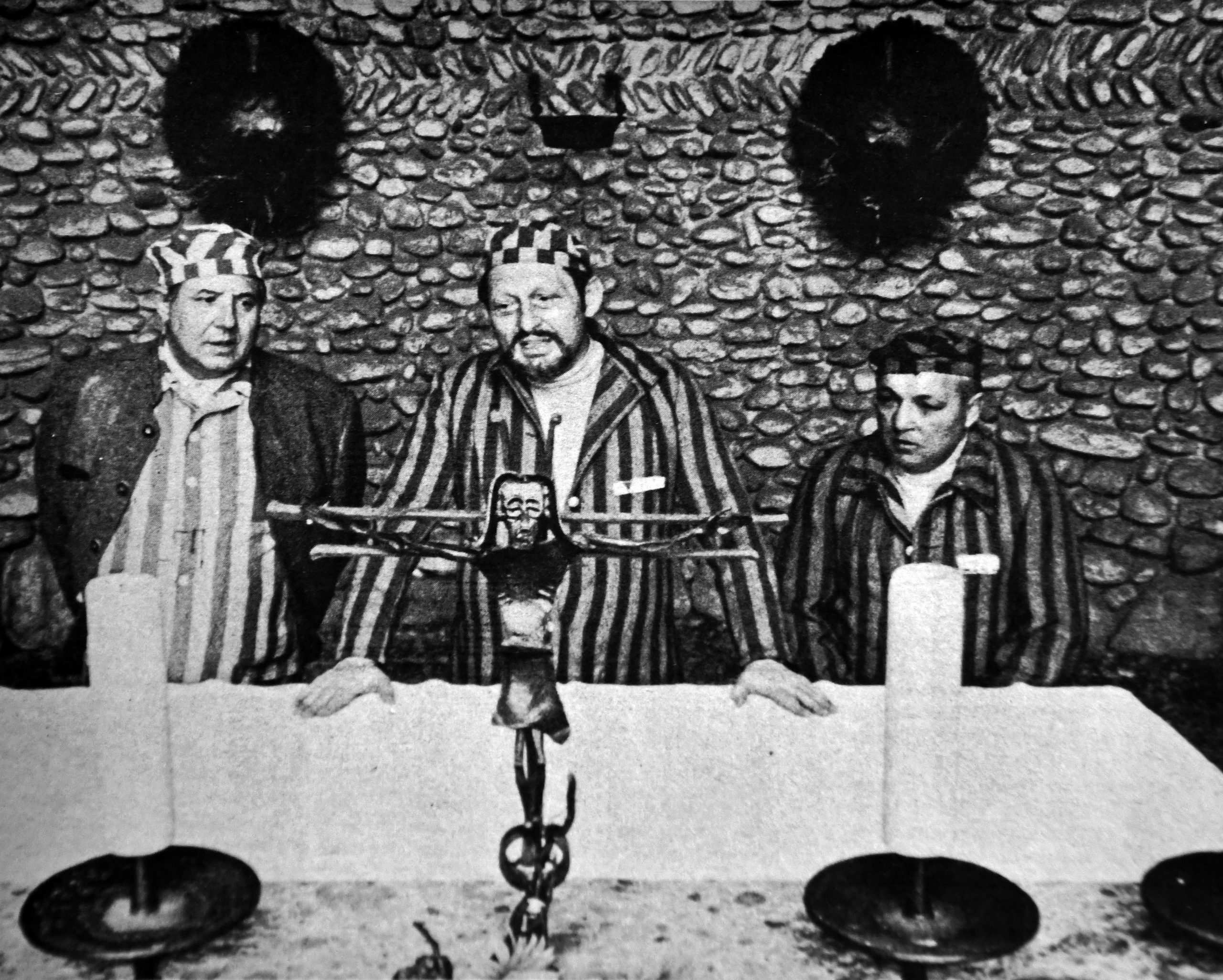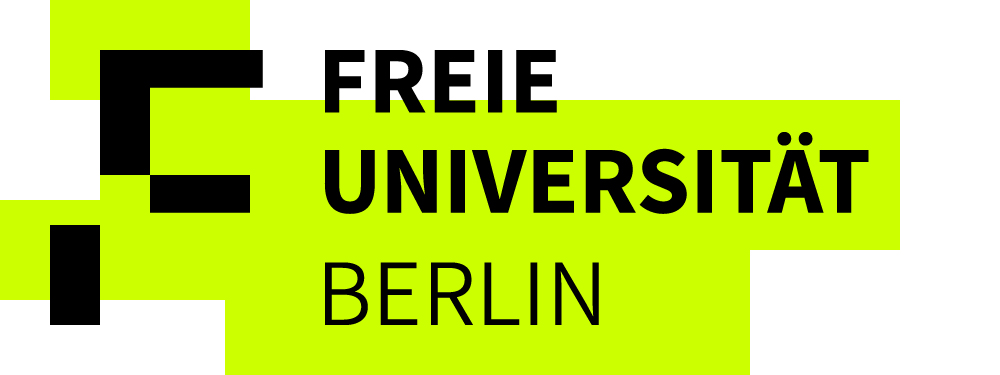Hans Braun was born on 6 March 1923 in Hanover, Germany. He was the eldest son of Oswald Braun (1898–1943) and Rosa Braun, née Ernst (1902–1943), who ran a haulage business and earned their living at fairgrounds with merry-go-rounds, swing boats and shooting galleries. The couple had ten more children by 1942. From 1938 at the latest, the family lived in Bernau near Berlin, and from October 1939 on they were forbidden to leave Bernau because of the Immobilisation Decree.
Escape to Luxembourg
Hans Braun told the story of his persecution in two interviews in 1984 and 1985. In 1941, he and his father were conscripted for forced labour. When Hans Braun accidentally damaged a machine, he was accused of sabotage and had to flee. Thanks to the help of relatives, he was able to hide first in Berlin and then in Eger in the Sudetenland, until the police tracked him down there. He then fled by train to Luxembourg, where he said he found help from a network of Sinti that had not been discovered by the German occupying forces.
The network consisted of relatives and friends who had gone into hiding in Luxembourg, including Vinzenz Rose (1908–1996) and Oskar Rose (1906–1968). Hans Braun was provided with false papers that identified him as a member of the Kraft durch Freude (KdF) organisation. This enabled him to take refuge in an inn which recent research has identified as Gantenbeinsmillen, located between Luxembourg City and the suburb of Hesperange.
Escape, Arrest and Renewed Escape
Plagued by homesickness for his family, Hans Braun decided to return to Bernau after a year. After just two days, the police came after him, so he fled to Bamberg in Bavaria to stay with relatives. In Bamberg, he was arrested on the street—probably by the Gestapo (Secret State Police)—and taken to prison. On the day of his trial, he once again managed to escape from a toilet window in the courthouse.
Relatives in Bamberg-Rattelsdorf dressed him in women’s clothing to minimise the risk of re-arrest. Hans Braun finally made it to Münchberg, where an uncle of his lived. However, he could not stay there because the danger to his uncle and his family was too great. His mother Rosa Braun picked him up in Münchberg and travelled to Berlin with her son, who was still disguised in women’s clothing. There he hid with a friend of many years and was regularly supplied with food by his mother.
As more and more of his relatives and finally his family were arrested or deported, Hans Braun decided to flee to Luxembourg for a second time. This time he was accompanied by two of his cousins, the brothers Hugo Ernst (1918–unknown) and Wilhelm Ernst (1921–1943). Once again, they were supported by the family network in Luxembourg and were thus able to live unmolested for a time in the industrial town of Esch/Alzette.
The three tried to earn a living as musicians, but were unsuccessful. They were apprehended at the railway station in Esch/Alzette when they tried to travel to Belgium with their instruments. While the two cousins were arrested, Hans Braun managed to escape once again. He tried to make his way to the nearby Galgenberg recreation area, where he was eventually seized and taken to the local police prison.
He managed to escape again and found an anonymous helper in Esch/Alzette, a master tailor, who took him in and helped him to leave the town by disguising him as a war invalid. Hans Braun made his way to Luxembourg City and found accommodation in a hotel there under a false name, this time disguised as a ‘KdF artiste’. He managed to escape from his pursuers a total of seven times, but Hans Braun was eventually apprehended by the Gestapo and transferred to the main prison in Luxembourg-Grund.
Deportation
On 22 April 1943, Hans Braun was deported from there to the Auschwitz-Birkenau concentration and extermination camp, together with Hugo and Wilhelm Ernst. How and by what route Braun and his cousins were deported has not yet been established. In Auschwitz-Birkenau, Hans Braun met his parents and siblings, who had all been arrested in Bernau on 8 March 1943 and deported via Berlin. His youngest sisters Frieda (1939–1943) and Roswitha (1942–1943) had already died as a result of conditions in the camp.
Hans Braun witnessed the death of one family member after the other: His mother died in July, his father and his cousin Wilhelm Ernst in September 1943. Heini (1929–1943), Werner (1932–1944), Elli (1935–1944) and Helga Braun (1937–1944) also did not survive Auschwitz. The sisters Waltraud Rosa (1934–unknown) and Wanda (1927–unknown) were transferred from Auschwitz-Birkenau to other camps and died there. Their cousin Hugo Ernst was transferred to Ravensbrück in August 1944 and from there, at the beginning of March 1945, to Sachsenhausen, where he was forced to serve in the SS Special Unit Dirlewanger at the front. Like his sister Brigitte (1925–unknown), he survived the liberation.
Hans Braun was transferred from Auschwitz-Birkenau to the Flossenbürg concentration camp on 24 May 1944 and from there to the Altenhammer satellite camp in mid-January 1945. He survived the death march that was organised when the camp was evacuated.
Activism
In the 1970s and 1980s, Hans Braun campaigned in the Federal Republic of Germany for the public acknowledgement of the genocide of the Sinti and Roma. He was one of the Sinti who organised a hunger strike lasting several days at the Dachau memorial site. Hans Braun died on 5 March 1999 in Messenkamp, a small town in the district of Schaumburg in Lower Saxony.

Hunger strike by survivors on the grounds of the Dachau concentration camp memorial site, Germany, April 1980. From 4 to 11 April 1980, twelve Sinti and a social worker from Munich went on a hunger strike to protest against the continued discrimination against Sinti and Roma in the Federal Republic of Germany. Four survivors took part in the hunger strike on the site of the former Dachau concentration camp despite the serious health risks: Franz Wirbel (1922–1986, left), survivor of the Auschwitz-Birkenau concentration and extermination camp, Hans Braun (1923–1999, centre), also a survivor of Auschwitz-Birkenau and Flossenbürg, Jakob Bamberger (1913–1983, right), survivor of Flossenbürg, Dachau and Buchenwald, and Ranco Brantner (1931–1996), a victim of forced sterilisation.
The hunger strike attracted a great deal of media attention worldwide and suddenly brought the hitherto barely recognised persecution during National Socialism into the public eye.




